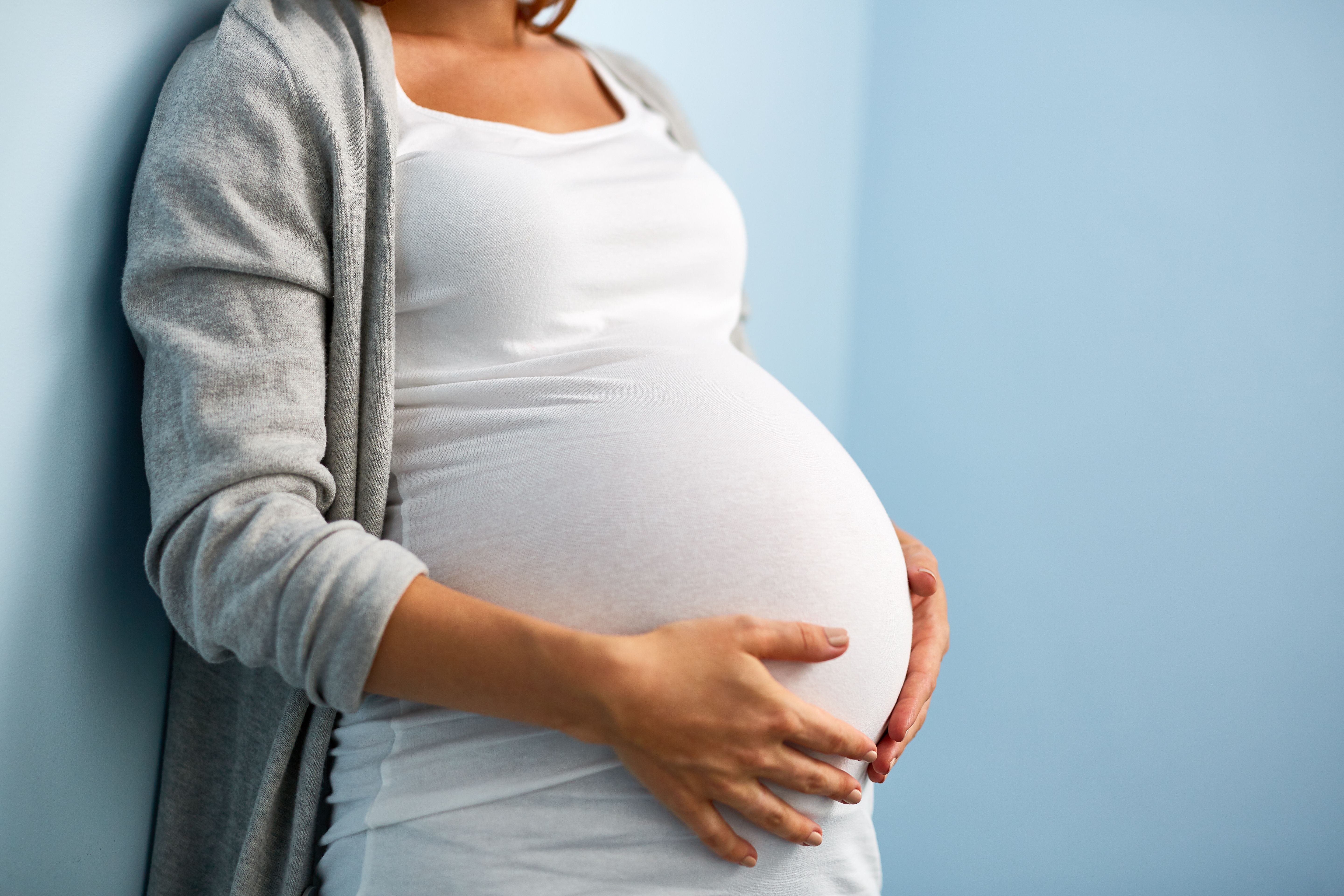Outcomes of traumatic brain injury during pregnancy
In a recent study, cesarean section was more common in women with a traumatic brain injury during pregnancy, especially during the third trimester.
Outcomes of traumatic brain injury during pregnancy | Image Credit: © pressmaster - © pressmaster - stock.adobe.com.

Traumatic brain injury (TBI) during pregnancy leads to increased odds of cesarean section (CS), according to a recent study published in The Journal of Maternal-Fetal & Neonatal Medicine.
Over 10 million people worldwide are affected by TBIs per year, often caused by falls, traffic accidents, and sports. Associations have been made between TBI and menstrual cycle disorders in fertile-aged women, with almost half of women reporting amenorrhea after TBI.
There is currently little understanding on the effects of TBI on pregnancy and delivery. However, TBI may cause elevation of intracranial pressure, which is associated with a decrease in functional capacity, lower cognition, and increased mortality risk.
During delivery, cerebrospinal fluid pressure increases in response to pain, potentially leading to risks associated with TBI shortly before childbirth. To determine the impact of TBI during pregnancy on pregnancy and delivery, investigators conducted a nationwide retrospective register-based matched cohort study.
Data was collected from the Care Register for Health Care and the National Medical Birth Register (MBR), both of which are maintained by the Finnish Institute for Health and Welfare. The study period was between January 1, 2004, and December 31, 2018.
Participants included women aged 15 to 49 years hospitalized with a TBI diagnosis. TBI was determined during a hospitalization period using International Classification of Diseases 10th revision codes.
TBI included concussion, traumatic cerebral edema, diffuse traumatic brain injury, focal traumatic brain injury, epidural hemorrhage, traumatic subdural hemorrhage, traumatic subdural hemorrhage, other specified intracranial injury, and unspecified intracranial injury.
MBR data included pregnancies, delivery statistics, and perinatal outcomes. Pregnancy dates and dates of TBI diagnosis were used to associate pregnancies with TBI. Multiple pregnancies were excluded from the analysis.
The sample contained 392 pregnancies with TBI and 722,497 pregnancies without TBI. Each patient with TBI pregnancy was matched with 3 non-TBI pregnancies, leading to 1176 matched pregnancies. Subgroup analysis measured effects based on the trimester of TBI.
A total 40,028 cases of TBI were recorded, 392 of which occurred during pregnancy. Concussion was the most common TBI reported, in 91.6% of patients, followed by diffuse traumatic brain injury in 2.8%, traumatic subdural hemorrhage in 1.8%, and unspecified intracranial injury in 1.5%.
Concussion was the only TBI reported in more than 5 cases. The incidence rate of TBI during pregnancy was 0.8 per 1000 pregnancies in 2016.
Compared to the reference group, women in the TBI group were younger, had increased smoking rates after the first trimester, lower rates of spontaneous vaginal birth, and higher rates of assisted vaginal, unplanned CS, and elected CS. The rate of emergency CS was 1.5% in the TBI group and 0.9% in the reference group.
When analyzing subgroups, pregnancies with TBI in the first trimester saw increased rates of induced labor compared to the reference group, while CS rates were higher in all TBI groups. The CS rate was especially higher in the TBI during third trimester group compared to the reference group.
Fetal outcomes did not occur between groups. For severe TBI, only 33 cases were recorded, with no difference in CS rate.
Overall, TBI was associated with increased odds of CS, especially during third trimester. Investigators recommended further studies on elective CS and reasons for unplanned CS among women with TBI during pregnancy.
Reference
Vaajala M, Tarkiainen J, Liukkonen R, et al. Traumatic brain injury during pregnancy is associated with increased rate of cesarean section: a nationwide multi-register study in Finland. The Journal of Maternal-Fetal & Neonatal Medicine. 2023;36(1). doi:10.1080/14767058.2023.2203301
S1E4: Dr. Kristina Adams-Waldorf: Pandemics, pathogens and perseverance
July 16th 2020This episode of Pap Talk by Contemporary OB/GYN features an interview with Dr. Kristina Adams-Waldorf, Professor in the Department of Obstetrics and Gynecology and Adjunct Professor in Global Health at the University of Washington (UW) School of Medicine in Seattle.
Listen
Study shows a healthy prenatal diet could be upstream obesity prevention strategy
December 26th 2024"Our findings support the recommendation of a healthy diet based on the current guidelines (as measured by the HEI) during pregnancy, since it may reduce patterns of infant growth outside reference ranges."
Read More
Early pregnancy cannabis use high in states with recreational legalization
November 11th 2024A population-based time-series analysis California before, during and after legalization show a rising trend in women using cannabis while pregnancy especially when the state has legalized the drug.
Read More
